As a developing economy, India has numerous developmental aspirations. How India meets these goals without worsening the climate crisis is at the heart of CSTEP's work. Addressing climate change and enabling a secure and sustainable future for Indian citizens require an overhaul of previous paradigms on development and resource utilisation. This is reflected in our work on developing low-carbon trajectories for development with an emphasis on nature-based solutions.
We are working with state governments across India to build capacity on risk and vulnerability assessments to inform their respective action plans on climate change. The transition from fossil fuels to renewable energy is crucial to achieving a secure and sustainable future. CSTEP's studies explore the possibility of a greater integration of renewables in the energy sector.
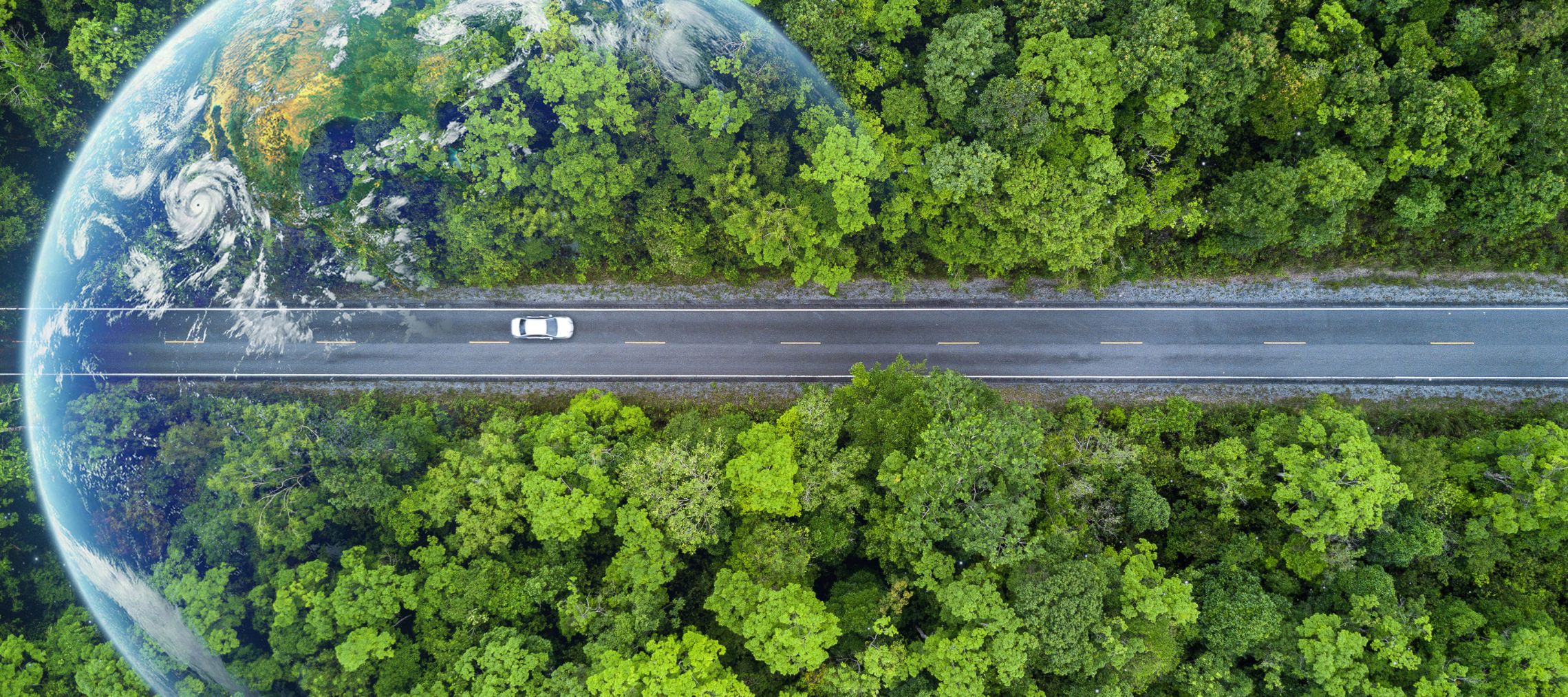
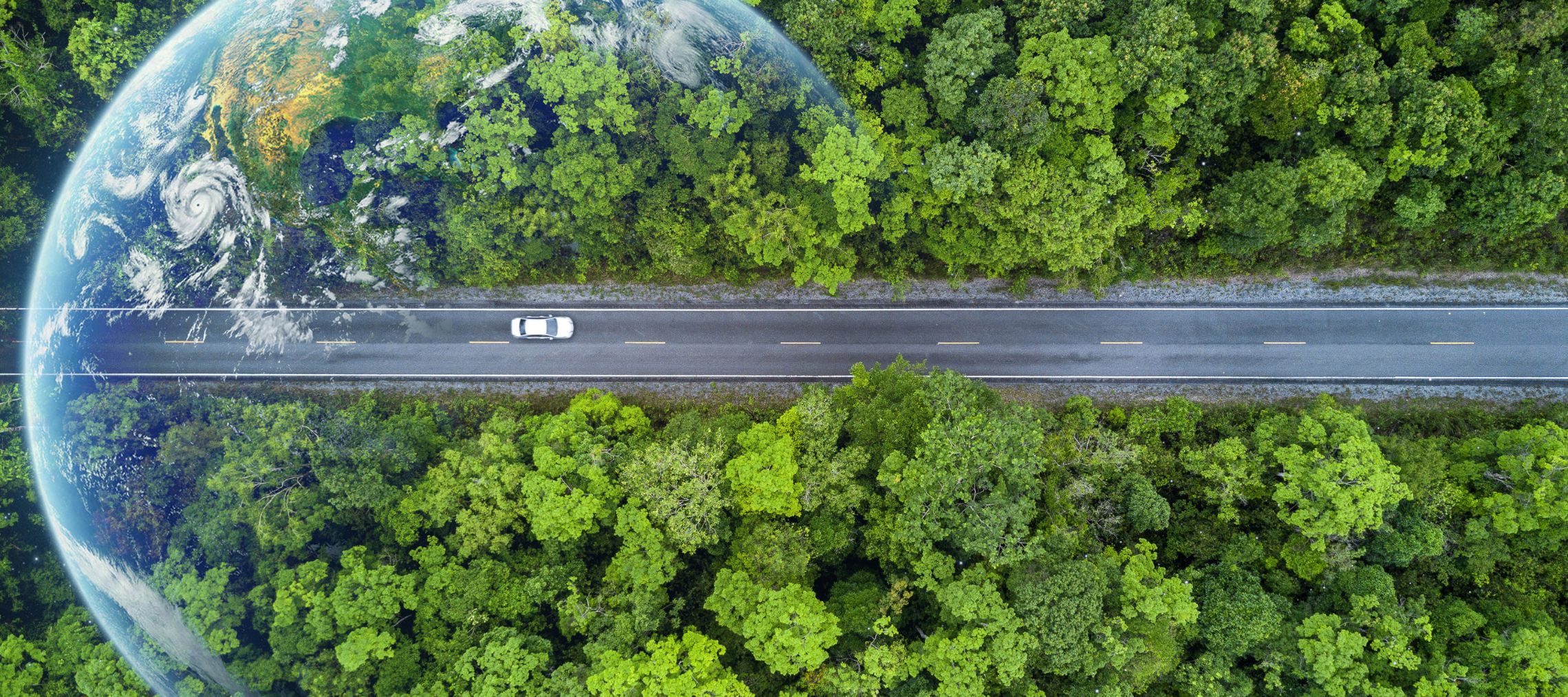



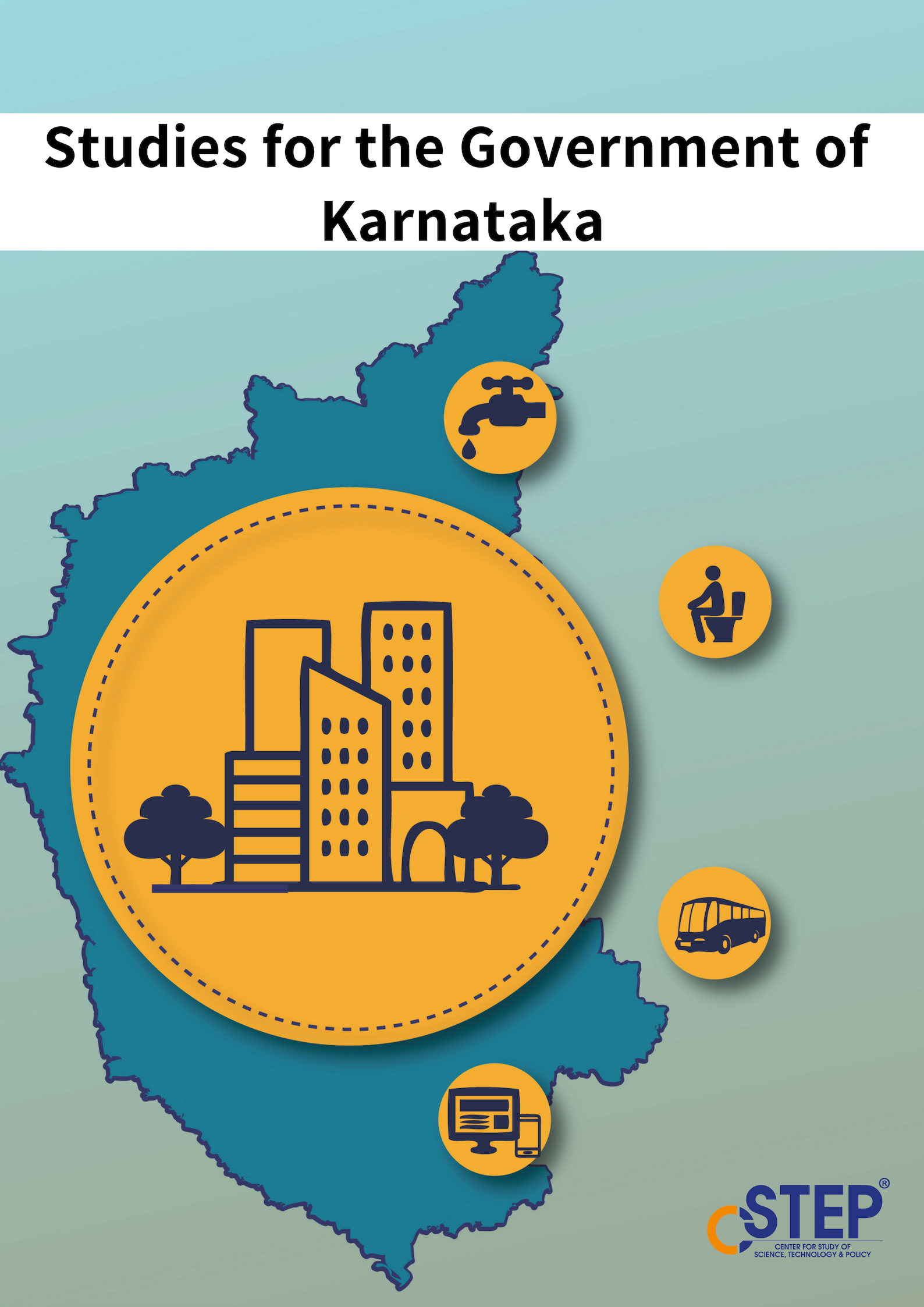
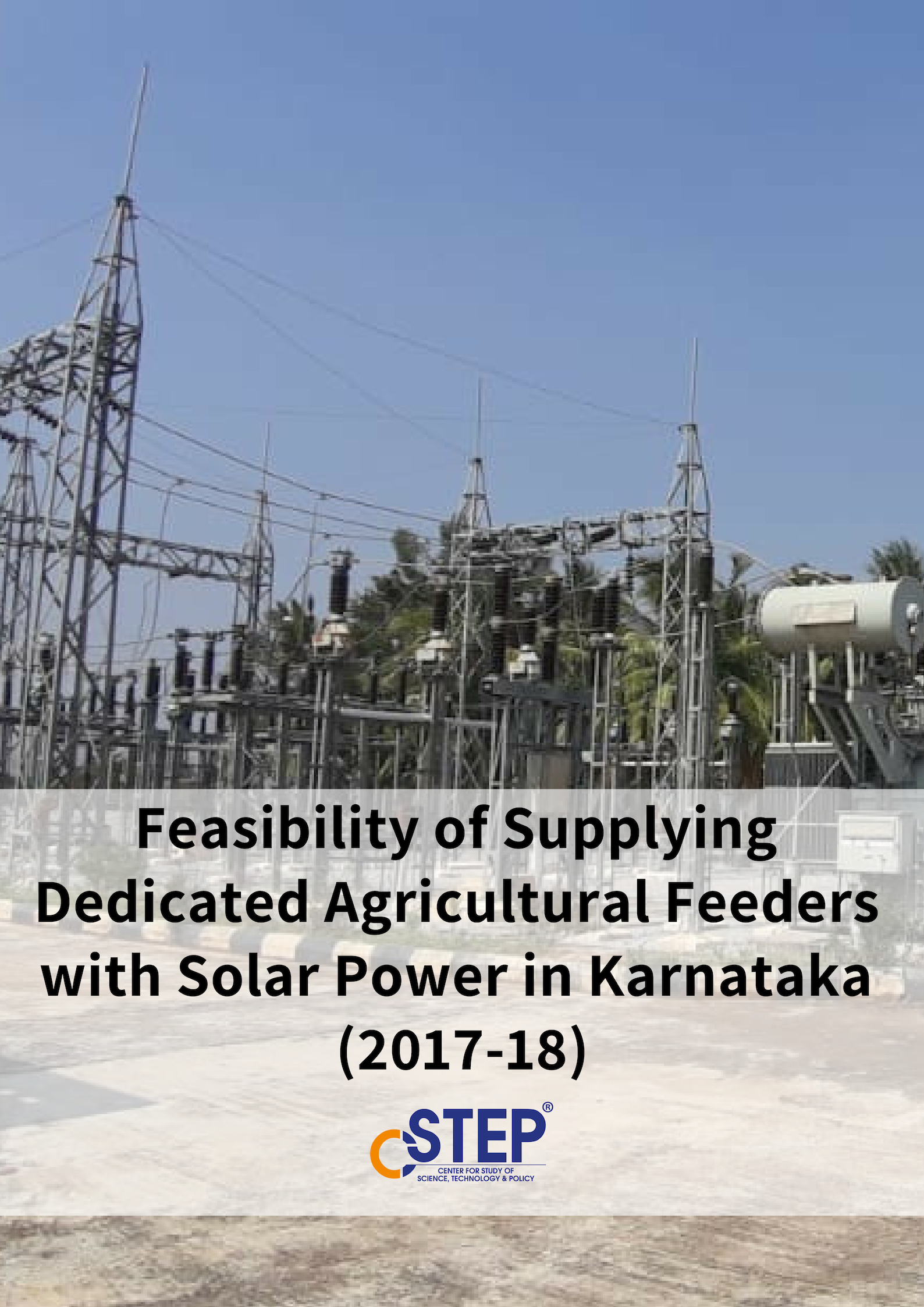
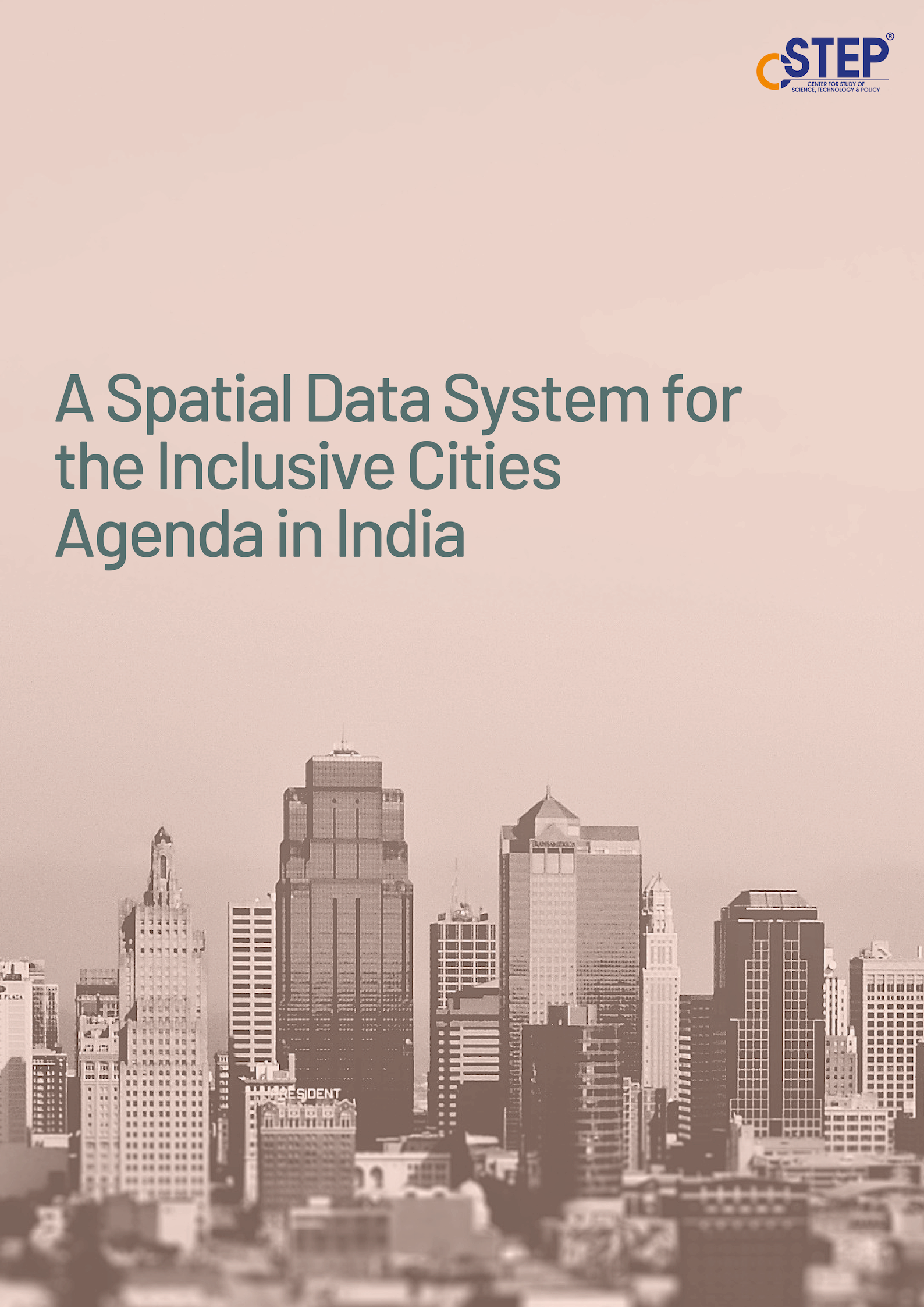
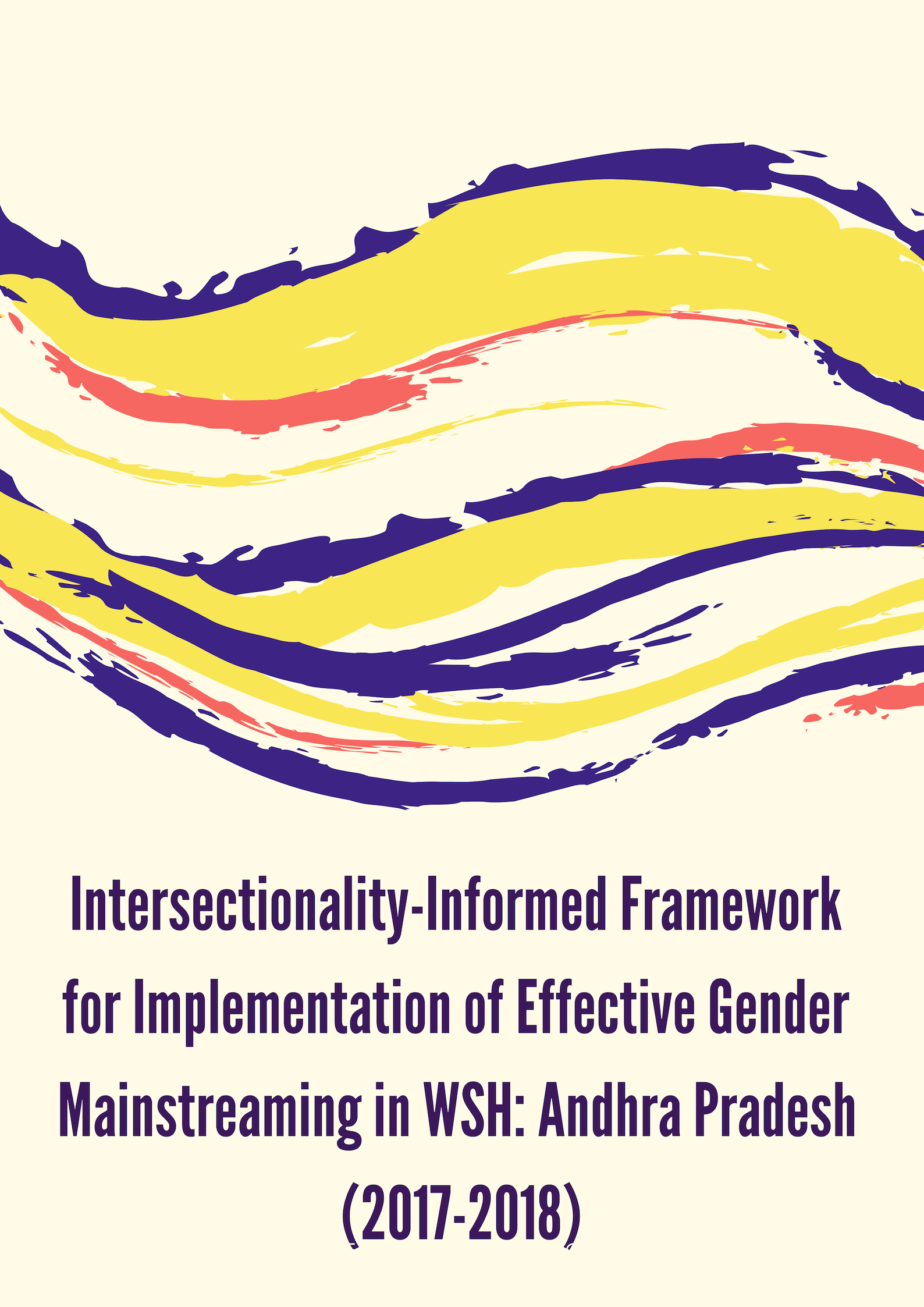
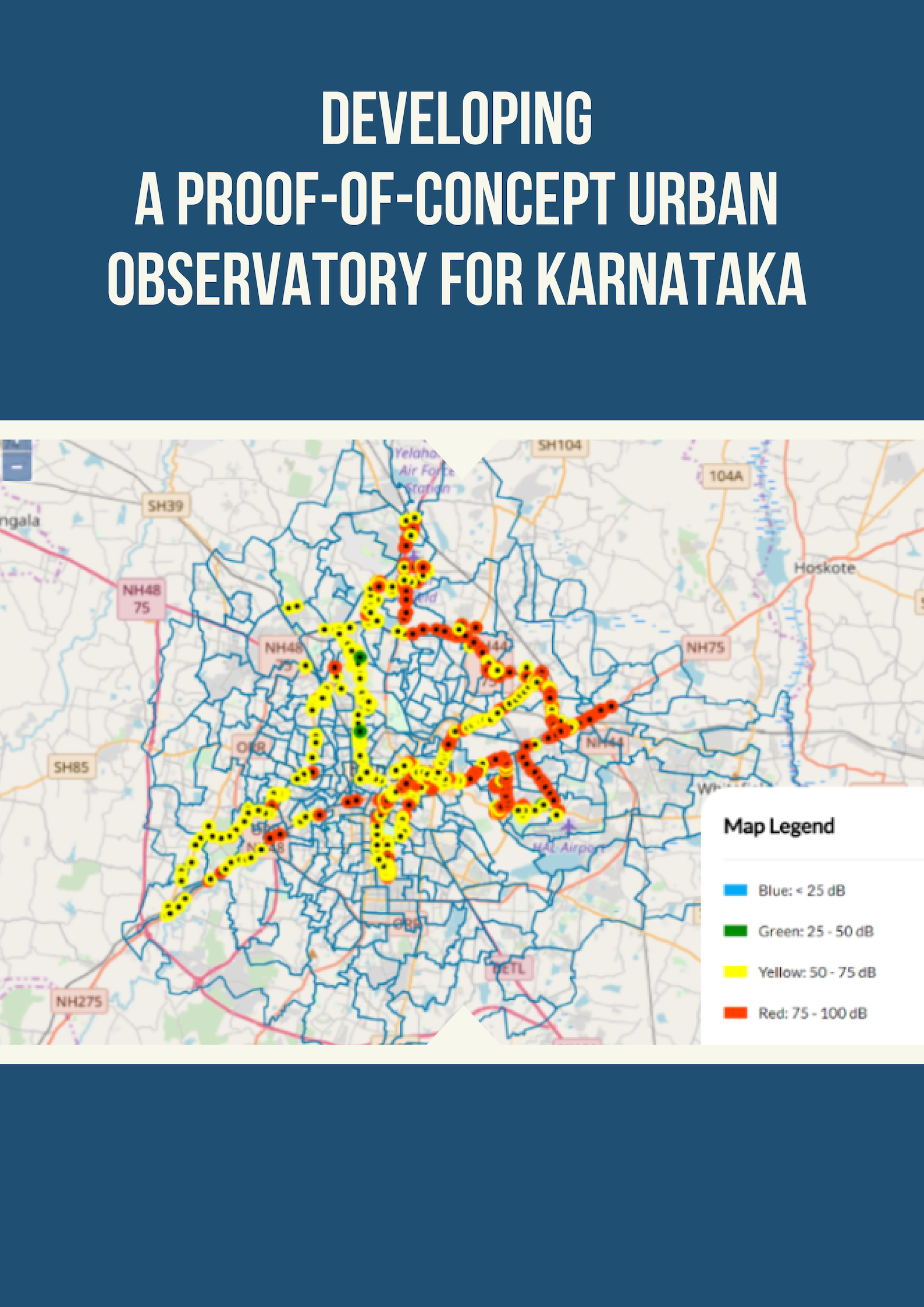
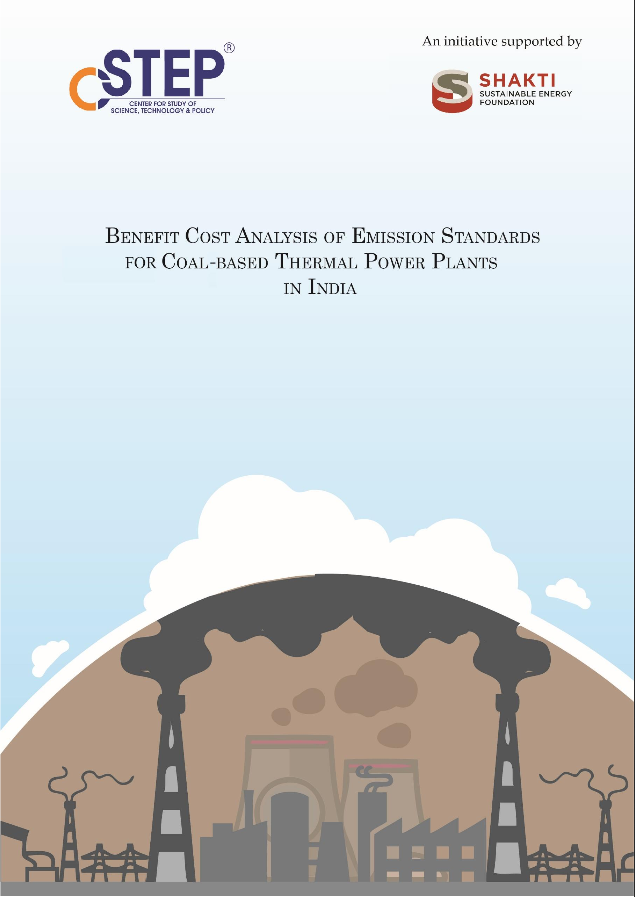







Delhi Metro Reopens: How To Make Public Transport Safe Post-COVID?
COVID-19 has definitely put the brakes on public transport. With physical distancing being the norm, many people who can afford to, are likely to avoid it, at least for a few more months.
But public means of transport such as the bus and metro will continue to be an efficient and affordable mode of transport for most commuters. Therefore, there is an urgent need to revamp and restructure the services with safety and sanity checks.
MGNREGA: Improving Lives & Livelihoods
Reams of newsprint have been spent on the devastating blow to the job market and economy during the current pandemic. Amid this pall of gloom, Mahatma Gandhi National Rural Employment Guarantee Act (MGNREGA) brought comfort to 55 million households by ensuring livelihoods from April to August 2020. Many of those who got jobs under the scheme were the ones who had reverse migrated from cities due to complete shutdown during the pandemic.
Implication of emission regulation on cost and tariffs of coal-based power plants in India: A system modelling approach
•The study estimated the investment required to meet new emission standards for coal power plants in India till 2030.
•The cost of electricity generation from coal power plants will increase by 9–25% with pollution control technologies.
•Study also highlighted the challenges in implementing emission standards and provided suitable policy recommendations.
The Importance of Selling Electric Vehicles and Their Batteries Separately
The roads have been cleared for a surge in two- and three-wheeled electric vehicles (EVs). On August 12, the Ministry of Road Transport and Highways (MoRTH) published a notification allowing the sale and registration of EVs without batteries. The move is expected to increase their adoption rates by dropping the vehicles’ price. In fact, delinking batteries from EVs reduces the upfront purchase cost by 30-40%, making their price comparable to or lower than conventional internal-combustion-engine vehicles.
Comparison of V4 and V3 CALIOP (L3) aerosol products: A global perspective
Gridded satellite products provide (computationally less-intense) opportunities to compare and contrast parameters from different versions/sensors. In the present study, Level-3 (L3) Cloud Aerosol Lidar with Orthogonal Polarization (CALIOP) aerosol products from the most recent release (version 4, V4) are compared with its earlier version (version 3, V3) products.
•CALIOP global mean V4 total-AOD is higher than the V3 AOD.
Mobile-Monitoring Campaign for Air-Pollution Studies in Bengaluru
Stationary air-quality monitoring is a common component of understanding air-pollution; however, monitoring at one location fails to capture local variations in pollutant concentrations. In locations where emissions and concentrations exhibit fine-scale spatial variability, including in urban environments in India, characterising spatial variability can be helpful for understanding sources and potential solutions for air pollution.
Planning Tool for Electric Bus Deployment
CSTEP has developed the Planning Tool for Electric Bus Deployment to support state transport undertakings and electricity distribution companies in their decision-making process while deploying e-buses. This version of the tool aims to assess depot-based charging requirements for existing fleet operations.
India’s Climate Strategy — Need for Emissions Control
With the world waking up to climate emergency, most countries are looking at controlling emissions, including a reduction in Greenhouse Gases (GHG). Most mitigation measures take the command and control approach that relies on use of standards to achieve a change in emissions. These measures often take the form of environmental standards (such as National Standards for Effluents and Emission), and performance standards (such as Standards & Labeling Programme).
Sustainable Urban Planning to Counter Pandemics
Every epidemic leaves a distinct mark on our cities. Compact cities — with high-rise, high-density settlements — have been urban planners' solution of choice to accommodate the constant influx of population. The current contact-spread pandemic, however, has challenged the status quo. Our cities are at a great risk, despite their proclaimed resilience. India's densely populated cities do not allow proper physical distancing.
Comprehensive Clean Air Action Plan for Muzaffarpur
The Ministry of Environment, Forest and Climate Change (MoEFCC), Government of India, launched the National Clean Air Programme (NCAP), which proposes strategies to reduce air pollution. The NCAP identifies 122 non-attainment Indian cities [cities that violate the National Ambient Air Quality Standards (NAAQS)]. Muzaffarpur is one of the 20 most polluted cities in the world (WHO, 2019) in terms of particulate matters (PM) and has also been identified as one of the non-attainment cities under NCAP.
